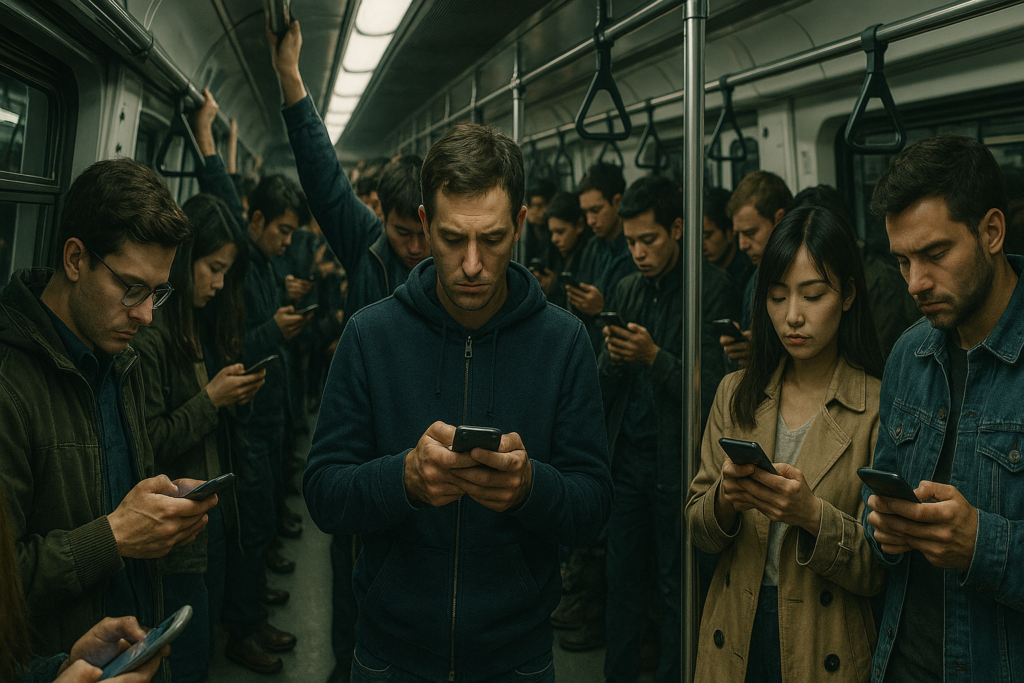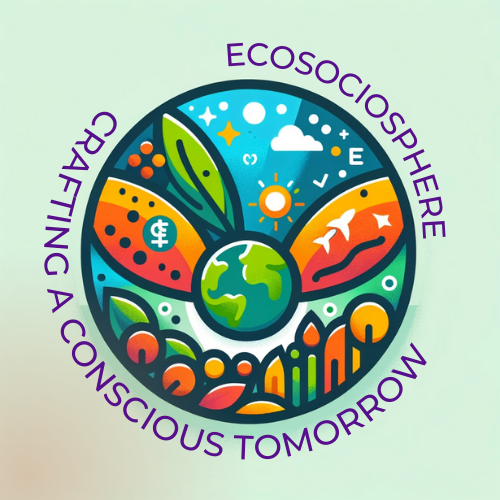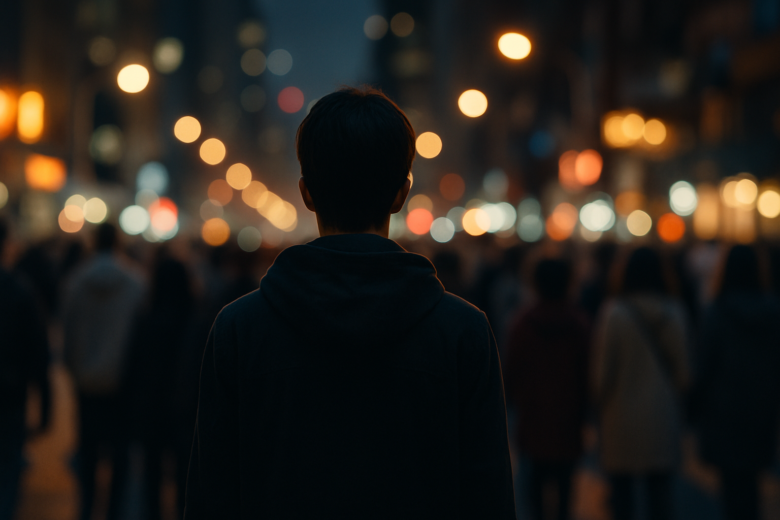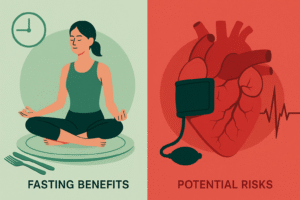Fun fact: In 2018, the United Kingdom appointed a Minister for Loneliness—believed to be the first of its kind in the world—because studies showed that over 9 million Britons often or always felt lonely. Many of them lived in large cities.
When we think of loneliness, we imagine empty houses, isolated rural villages, or quiet retirement homes. But some of the loneliest people in the world live in the densest, busiest, noisiest places—cities. Strange, isn’t it? That in a place teeming with people, one can feel so alone?
This paradox is at the heart of today’s urban life. Welcome to the phenomenon of loneliness in the age of density, where millions rub shoulders on subways, walk crowded streets, and live in stacked apartments—yet go to bed feeling profoundly disconnected.
The Urban Illusion: Together but Apart
Cities promise energy, opportunity, and excitement. And for many, they deliver. But they also come with an invisible cost. In a city, your neighbour might be five feet away—but you haven’t spoken to them in five years.
Sociologist Georg Simmel wrote over a century ago that city dwellers develop a “blasé attitude”—a psychological defence against constant stimulation. In simpler terms: to survive the chaos, we shut down emotionally. That shutting down becomes detachment. That detachment becomes isolation.
In cities like Mumbai, New York, or Tokyo, people might see hundreds of faces a day but still struggle to name a single person they can call in an emergency.
Why Are Cities Making Us Lonely?
Let’s break down some of the main culprits:
Transient Relationships
Urban life is mobile. People move often—for jobs, for housing, for rent hikes. Friendships are short-term. Neighbours come and go. The sense of rootedness—so crucial for emotional connection—is lost.
Overcrowding with No Community
Public transport, streets, and housing may be crowded, but communal spaces are shrinking. High-rises may have 300 residents, but few shared spaces to meet. Parks, libraries, and community centres—once bonding places—are now commercialized or underfunded.
Time Poverty
Cities eat your time. Long commutes, busy work schedules, and hustle culture leave little room for relationships. We’re “always connected” online but barely present in real life.
Social Comparison Culture
Cities breed competition. From luxury cars to curated Instagram posts, everyone seems to be living a better life. That perceived social gap often deepens feelings of inadequacy and isolation.
Noise Without Intimacy
There’s constant sound—traffic, chatter, construction. But emotional silence. You hear everyone, but no one hears you.

Case Study: Mumbai’s Matchbox Loneliness
Take Mumbai—India’s financial capital and home to over 20 million people. It’s loud, fast, and relentless. Yet, a 2021 survey by the Indian Journal of Community Health found that urban youth in Mumbai reported higher levels of loneliness and depression than their rural counterparts.
In a typical Mumbai apartment building, residents live within arm’s length. Yet many haven’t had a meaningful conversation with neighbours in years. Gated communities with security guards and CCTV (closed-circuit television) further discourage organic interaction.
It’s a city of walls, both concrete and emotional.
The Brain on Urban Loneliness
Psychologically, loneliness activates the same areas of the brain as physical pain. Studies using fMRI (Functional Magnetic Resonance Imaging) scans show that social isolation stimulates the anterior insula, a region associated with distress and danger.
In urban settings, chronic loneliness can lead to heightened stress levels, weakened immune systems, and increased risk of anxiety and depression. The World Health Organization (WHO) now lists social isolation as a major global health concern.
The Pandemic Effect: Loneliness Amplified
COVID-19 lockdowns turned already-lonely cities into psychological minefields. Apartments became islands. Elderly residents were trapped. Young people—already living apart from families—faced mental health crises.
Ironically, the digital explosion that followed—Zoom calls, dating apps, livestreams—often made things worse. It simulated a connection without the substance of real intimacy.
Urban Design Is Part of the Problem
The way we build cities matters. High-density housing with poor ventilation, no shared courtyards, no balconies, and minimal parks creates “vertical isolation.” Everyone is above and below, but no one is with you.
In contrast, cities like Copenhagen and Singapore have experimented with “social infrastructure”—designing spaces that encourage interaction. Shared courtyards, pedestrian plazas, and rooftop gardens are all tools against urban loneliness.

How Some Cities Are Fighting Back
- Barcelona’s Superblocks: This Spanish city has closed certain streets to cars, allowing communities to reclaim them for walking, playing, and chatting.
- Tokyo’s Kodokushi Prevention Programs: Faced with rising cases of “lonely deaths” (kodokushi), Japanese officials now send volunteers to check on elderly residents regularly.
- Singapore’s Kampung Spirit Initiatives: Government housing includes community kitchens, fitness corners, and elder activity zones to foster neighbourly ties.
- Melbourne’s 20-Minute Neighbourhoods: A planning strategy where everything—work, school, recreation—is within 20 minutes of home. The idea: if you live locally, you’ll connect locally.
What Can We Do About It?
The solution isn’t just better city planning. It’s also about individual and collective choices.
- Be the initiator. Say hi to your neighbour. You might be the only one who does.
- Use third spaces. Coffee shops, libraries, and community halls—these are modern-day wells where people gather.
- Join hyperlocal groups. From book clubs to gardening, people are looking for belonging, just like you.
- Push for better design. Ask local leaders for more parks, benches, shade trees, and gathering spaces. Infrastructure shapes interaction.
And perhaps most importantly:
- Redefine success. In a city obsessed with speed and productivity, making time for connection is a quiet rebellion—and a powerful one.
Conclusion: A City Is Only as Human as Its People
Cities don’t have to be lonely. But they often are—not because of their size, but because of how we live within them.
Loneliness in the age of density is not just a personal problem—it’s a public one. It affects our health, our democracy, and our culture. If we don’t find ways to reconnect, we risk building places that are full of people but devoid of humanity.
Let’s stop treating loneliness as a private shame and start treating it as a public signal—a call to redesign our spaces and reimagine our priorities.
Because in the end, a good city isn’t just a place to live—it’s a place to belong.
Author’s Note:
This blog isn’t meant to villainize cities. Cities are vibrant, powerful, and full of potential. But they must evolve to meet a basic human need: connection. In a time when everything is faster, bigger, and denser, maybe the bravest thing we can do is slow down and say hello.
G.C., Ecosociosphere contributor.
References and Further Reading:
- The World Health Organization on Social Isolation
- BBC Future – Why Cities Can Feel So Lonely
- Indian Journal of Community Health – Urban Loneliness in India
- “Advancing Social Connection as a Public Health Priority in the United ” by Julianne Holt-Lunstad, Theodore Robles et al.. https://scholarsarchive.byu.edu/facpub/6288/
- Near Misses and Gambling Addiction: How Casinos Exploit Your Brain – The Better Base. https://thebetterbase.com/near-misses-and-gambling-addiction-how-casinos-exploit-your-brain/




